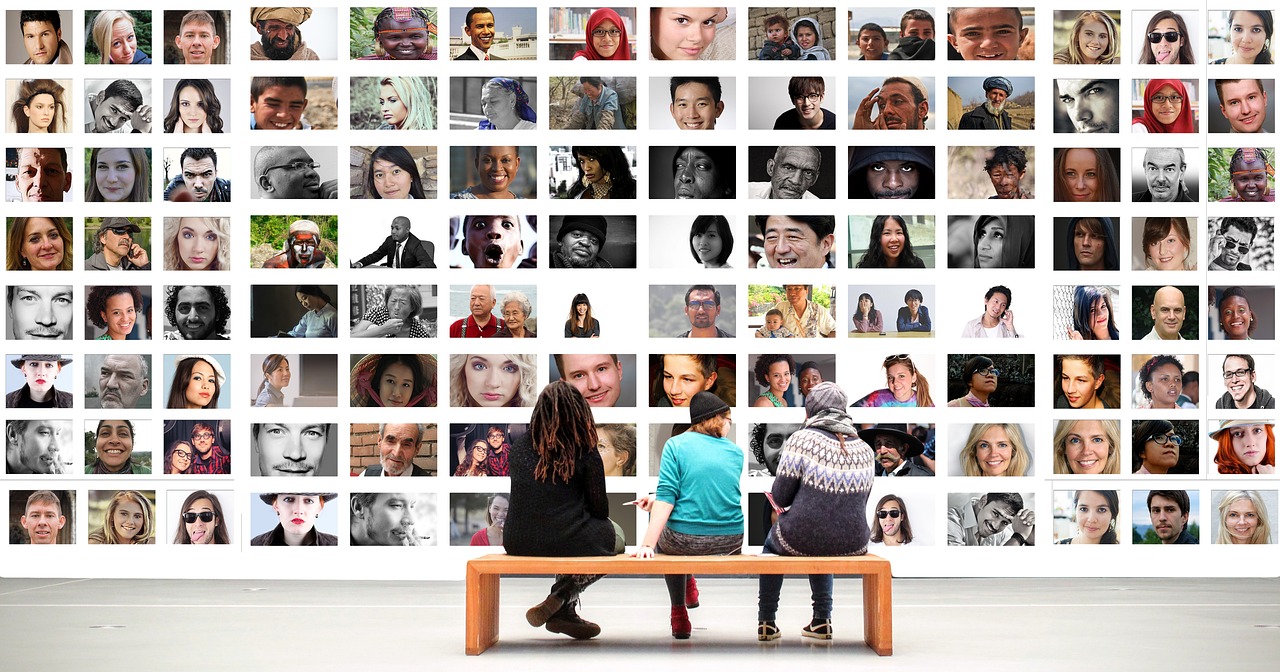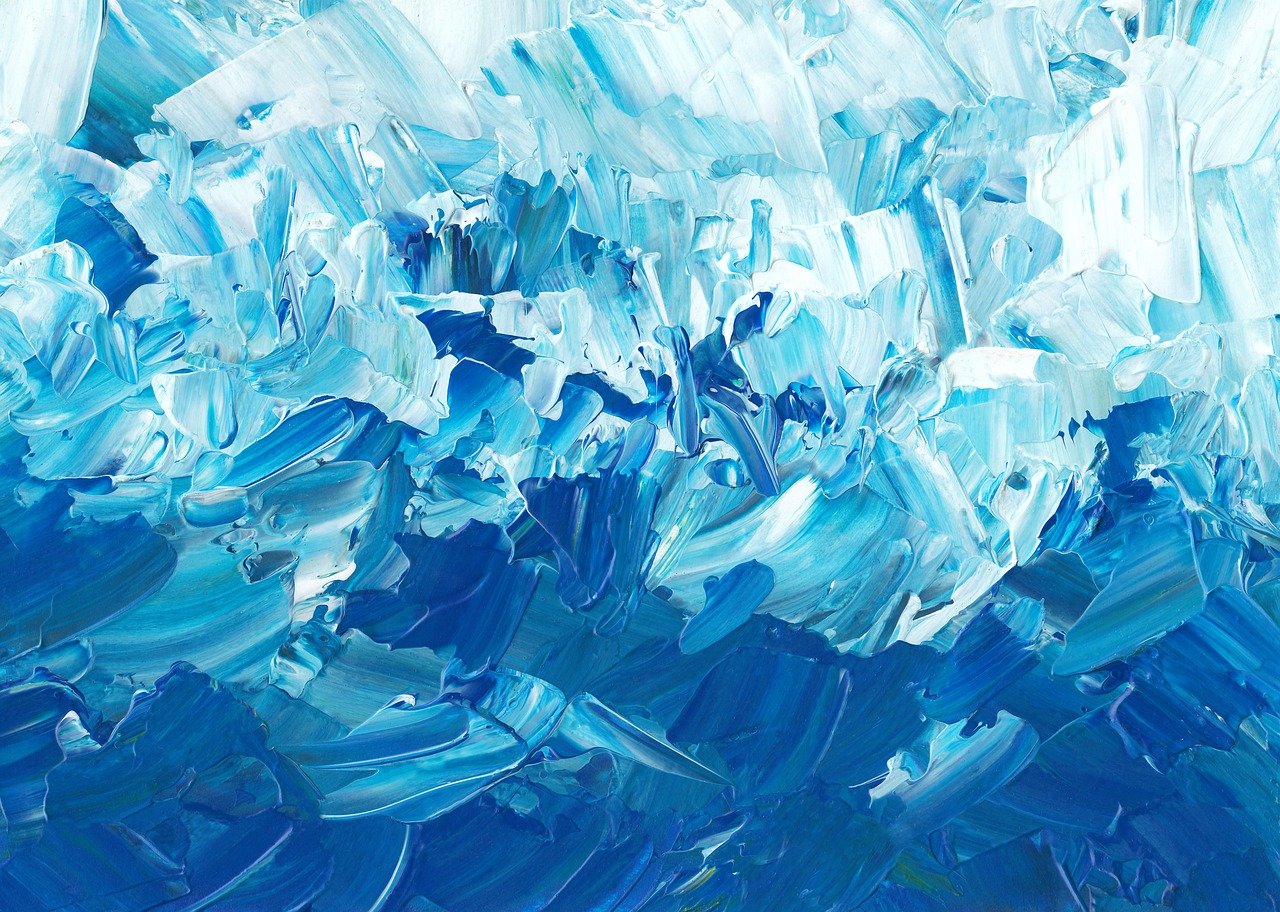Look, I get it. You've spent months—maybe years—creating your artwork, and now you need it properly documented for your portfolio, website, or that gallery submission deadline next week. After photographing hundreds of artworks for galleries, artists, and museums, I can tell you that most people are overthinking the technical details while missing the practical fundamentals.
Let me save you time, money, and frustration by focusing on what actually matters.
Table of Contents
- Why Art Digitization Matters
- The Real Value of Professional Documentation
- Technical Requirements & Standards
- Equipment Needed for Art Photography
- The Art Documentation Process
- Color Accuracy & Calibration
- Common Mistakes to Avoid
- DIY vs. Professional Services
- Frequently Asked Questions
Why Art Digitization Matters
Art photography and digitization isn't just about having nice pictures of your work—it's about creating a permanent, accurate record that serves multiple crucial purposes. Your digitized artwork becomes your online portfolio, your submission materials, your archival documentation, and potentially your source files for prints and reproductions.
Here's what most artists don't realize: many gallery submissions are rejected based on poor photography, not the quality of the actual artwork. Incredible pieces get dismissed because they were photographed with harsh shadows or color shifts that made them look amateur.
Professional Services
The Lightroom Studio specializes in museum-quality artwork documentation for galleries, artists, and collectors. Learn more about our art photography services
 Professional gallery environment with optimal museum-grade lighting conditions for high-quality artwork photography and documentation
Professional gallery environment with optimal museum-grade lighting conditions for high-quality artwork photography and documentation
The Digital Portfolio Problem
In today's art world, your digital presence often precedes any physical viewing. Gallery owners, curators, collectors, and grant committees see your JPEGs before they ever see your actual work. If those images don't accurately represent your art, you're losing opportunities before you even know they existed. Most gallery decision-makers review digital portfolios before scheduling in-person viewings.
Consider this workflow:
- Artist creates stunning oil painting with subtle color variations
- Artist photographs it with phone camera under mixed lighting
- Colors shift, details flatten, texture disappears
- Gallery curator sees muddy, amateur-looking image
- Artist's submission goes directly to the "no" pile
The art was great. The documentation killed the opportunity.
The Real Value of Professional Documentation
When you invest in professional art photography and digitization, you're not just buying pictures—you're acquiring multiple strategic assets:
Archival Documentation
A permanent, accurate digital record that preserves your work even if the original is sold, damaged, or destroyed. This isn't paranoia—it's professional practice. Museums have lost originals. Private collections have burned. Digital archives are your insurance policy. The American Alliance of Museums recommends comprehensive digital documentation as a core collection stewardship practice.
Marketing Assets
High-quality images for social media, websites, email campaigns, promotional materials, and advertising. One professional photo session generates content you'll use for years.
Submission-Ready Files
Properly formatted, color-accurate files that meet gallery, grant, competition, and publication requirements. No scrambling to re-photograph work the night before a deadline.
Print-Ready Masters
Source files for creating reproductions, limited edition prints, merchandise, or licensing opportunities. The difference between a $500 reproduction sale and a rejected opportunity often comes down to file quality.
Insurance Documentation
Accurate visual records with proper color and detail for insurance claims and valuation purposes. When you need to prove what that painting looked like before the water damage, you'll want archival-quality documentation.
Pro tip: Document your work at the highest quality possible, even if you don't think you need it yet. You can always downsize images, but you can never upsize them without quality loss.
Technical Requirements & Standards
Let's cut through the technical confusion and focus on what actually matters for art documentation.
Resolution Requirements
For web and portfolio use, shoot at 1920x1080 pixels minimum (Full HD). Gallery submissions typically require 300 DPI at 8x10 inches minimum (2400x3000 pixels). Archival documentation needs 300-600 DPI at actual artwork size. Museum standards call for 600+ DPI at actual size.
Practical example: A 24x36 inch painting at 300 DPI requires a 7200x10800 pixel image (77.76 megapixels). Most modern cameras can achieve this through high-resolution mode or focus stacking.
File Format Standards
Always shoot in RAW format to preserve maximum color data and editing flexibility. Save archival masters as TIFF files with uncompressed or lossless compression at 16-bit color depth. For delivery and web use, export as JPEG in sRGB color space at 90-95% quality setting.
Color Space Requirements
Capture in Adobe RGB or ProPhoto RGB for wider color gamut. Store archival files in Adobe RGB (professional standard). Convert to sRGB for web delivery (universal compatibility). For print, use Adobe RGB or custom profiles depending on your printer.
Critical: Your entire workflow must be color-managed, from camera to monitor to export. Without proper calibration, your colors will shift unpredictably. Learn more about color management fundamentals.
Equipment Needed for Art Photography
I'm going to be direct: you need specific equipment for proper art documentation. Phone cameras and basic setups won't cut it for professional-quality results.
Camera Requirements
You need a camera with a 24+ megapixel sensor (full-frame cameras preferred), RAW file capability, manual controls for aperture, shutter, ISO, and white balance, live view with focus peaking or magnification, and tethering capability for studio work.
Budget options like the Canon EOS R or Nikon Z5 run $1,000-1,500. Mid-range cameras like the Sony A7R IV or Canon EOS R5 cost $2,500-3,500. Professional Phase One or Hasselblad medium format systems start at $20,000+.
 Professional high-resolution art documentation demonstrating proper lighting, focus, color accuracy, and archival-quality standards for museum and gallery submissions
Professional high-resolution art documentation demonstrating proper lighting, focus, color accuracy, and archival-quality standards for museum and gallery submissions
Consultation Available
Not sure if your equipment setup is adequate for professional art documentation? Schedule a free consultation and we'll review your specific needs.
Common Mistakes to Avoid
These errors happen repeatedly with DIY attempts. Avoid them and you'll be well ahead of most common pitfalls.
Mistake #1: Mixed Lighting
The problem: Combining window light, room lights, and flash creates multiple color temperatures that can't be color-corrected accurately.
The solution: Use controlled lighting only. Cover windows, turn off room lights, use consistent color-temperature sources.
Mistake #2: Photographing Through Glass
The problem: Glass creates reflections, reduces sharpness, and can color-shift (especially non-museum glass).
The solution: Remove glass before photographing. If impossible (museum settings), use cross-polarization technique.
Mistake #3: Uneven Lighting
The problem: Hot spots in center, dark corners, or gradients across the image destroy the accuracy of the documentation.
The solution: Meter carefully, use large diffused lights at equal distances, test with gray card.
DIY vs. Professional Services
Let's be realistic about when you can do this yourself and when you should hire a professional.
You Can DIY If:
You can handle documentation yourself if you have proper equipment (camera, lights, color management tools), understand color management workflow, have time to learn and practice, are comfortable with technical photo editing, need files for web portfolio only (lower stakes), and have consistent access to controlled space. Time investment: 20-40 hours to learn, 30-60 minutes per artwork. Equipment investment: $2,000-5,000 for a quality setup.
Hire a Professional If:
Professional services make sense for gallery submissions, grants, or museum documentation (high stakes), when you need archival-quality files, when you lack proper equipment or space, for valuable or fragile artworks, when you need consistent results across large collections, when time is limited or deadlines are tight, and when you need reproduction rights or licensing files. Cost: $150-500 per artwork typically, $100-200 per piece for volumes of 10+. Value: guaranteed color accuracy, archival standards, professional results, and significant time savings.
Honest assessment: If you're submitting to galleries or applying for grants, the $200-300 you spend on professional photography is the best investment you'll make. The opportunity cost of rejection due to poor photography is far higher than the service fee.
Get a Custom Quote
Whether you have a single piece or an entire collection, we provide museum-quality documentation with guaranteed color accuracy. Request a quote for your project
Frequently Asked Questions
How much does professional art photography and digitization cost?
Professional art photography typically ranges from $150-500 per artwork, depending on size, complexity, and quantity. Museum-quality digitization with archival standards starts at $300 per piece. Volume discounts usually apply for collections of 10+ artworks, bringing costs down to $100-200 per piece. The investment pays for itself when you consider the opportunity value of professional documentation for gallery submissions, grants, and sales.
What's the difference between art documentation and regular photography?
Art documentation requires color-accurate lighting, archival standards, and specific technical requirements for accurate reproduction. Regular photography prioritizes aesthetic appeal over technical accuracy. With art documentation, we're creating a truthful, measurable record of the artwork—accurate colors, sharp details, even lighting, and proper perspective. With general photography, we're creating an artistic interpretation that may prioritize mood, drama, or aesthetic appeal over technical accuracy.
What resolution is needed for digitizing artwork?
For archival purposes and large-format printing, aim for 300-600 DPI at the actual artwork size. A 24x36 inch painting should be captured at minimum 7200x10800 pixels (300 DPI). Museums typically require even higher resolutions of 600+ DPI for permanent archival records. The rule: capture at highest quality possible, because you can always downsize but never upsize without quality loss.
Can I photograph my own artwork, or should I hire a professional?
You can photograph your own work if you have proper equipment, understand color workflow, have controlled space, and time to learn. However, for gallery submissions, grants, museum documentation, or high-stakes opportunities, professional photography is strongly recommended. The cost of professional services ($150-300 per piece) is minimal compared to the opportunity cost of rejection due to poor documentation. Think of it this way: if poor photos cause one gallery rejection or missed grant, you've lost far more than the photography fee.
How do I prepare artwork for professional photography?
Preparation checklist: (1) Remove glass from framed pieces if possible, (2) Clean surface gently with appropriate method for medium, (3) Ensure artwork is flat (no warping or buckling), (4) Handle with clean cotton gloves to avoid fingerprints, (5) Document any existing condition issues, (6) Communicate special requirements (fragile materials, historical significance). Professional photographers will guide you through preparation specific to your medium and artwork type.
The Bottom Line
Art photography and digitization is about creating an accurate, archival record of your work that opens opportunities. Poor documentation closes doors—gallery rejections, missed grants, lost sales. Professional documentation creates assets you'll use for years.
If you're serious about your art career, treat documentation as seriously as you treat the artwork itself.
The investment in proper documentation pays returns every time:
- A gallery accepts your submission
- A collector purchases based on your portfolio
- A grant committee reviews your application
- A licensing opportunity requires high-quality files
- Your work is featured in a publication
Don't let bad photos undermine great art.
Professional Art Documentation Services
Museum-quality artwork photography and digitization with guaranteed color accuracy and archival standards for galleries, artists, and collectors.
Request a Custom Quote | View Our Services
The Lightroom Studio · Professional Photography
Related Reading
Studio Lighting Techniques for Professional Photography
Advanced methods for controlling light in commercial photography environments and product documentation work.
Color Grading in Post-Production
Professional color grading workflows for achieving consistent, high-quality results across your photography portfolio.
Building Your Photography Portfolio
Essential strategies for emerging photographers seeking to establish credibility and attract high-value clients.
